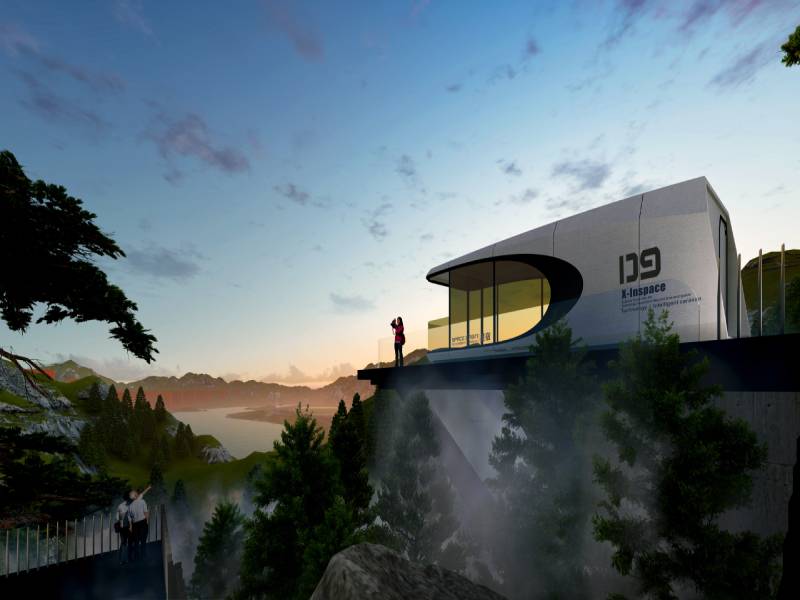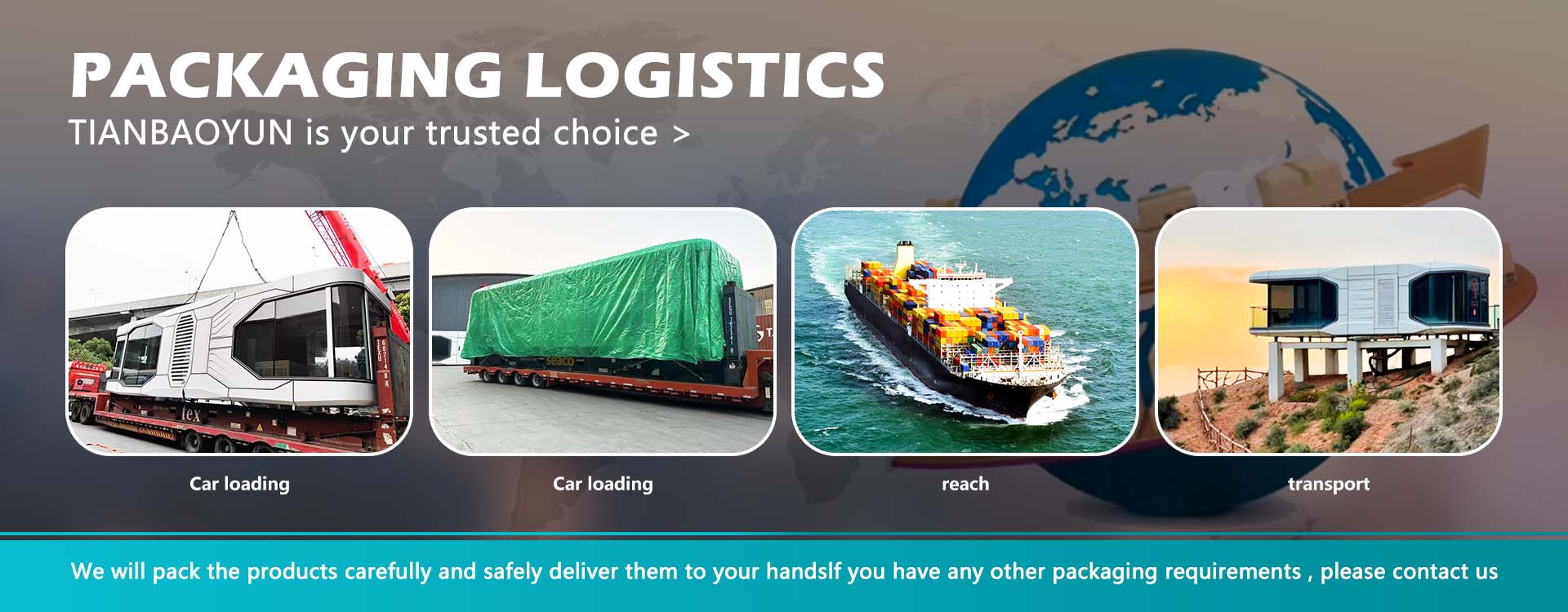The Future Development Trend of Space Capsule Houses
1. Current Market Landscape (2025)
The global capsule housing market has reached $3.8 billion with 14.7% CAGR since 2020. Key drivers include:
Urban land scarcity (78% of adopters in cities with >8,000 people/km²)
Construction cost savings (40-60% vs traditional housing)
Rising single-person households (projected 38% globally by 2030)
2. Technological Innovations
2.1 Smart Modular Systems
Self-assembling units with robotic installation (Japan's Toyo Ito Lab prototype)
AI-powered space optimization algorithms (demonstrated 27% efficiency gain)
Phase-change material walls (maintain 18-26°C without HVAC)
2.2 Sustainable Solutions
Mycelium-based biodegradable frames (3-year decomposition cycle)
Integrated vertical farming (1.2㎡ pod surface yields 8kg vegetables/month)
Kinetic energy floors (generate 15W/hour per occupant)
3. Future Growth Vectors (2025-2035)
SectorProjected GrowthKey MarketsEmergency Housing22% CAGRDisaster-prone regionsLuxury Micro-Units18% CAGRDubai, SingaporeOrbital Housing300% CAGRSpace tourism hubs
4. Regulatory Challenges
Revised ISO 23662:2026 standards for minimum habitable volume
Zoning law adaptations in 23 countries (pending legislation)
Fire safety protocols for stackable units (ongoing UL certification)
5. Consumer Adoption Barriers
Psychological acceptance rate: 62% (2024 survey)
Average adaptation period: 11.3 days (MIT living lab data)
Premium pricing threshold: 1.2x conventional housing cost

As a new form of accommodation, Space Capsule Houses have great development potential in the future, which is mainly reflected in the following aspects:1Meeting the needs of young people and the tourism market: With the increase in the number of young generation travel enthusiasts, their demand for personalized and technological accommodation experience has increased. With its unique design, small and exquisite space, and technological interior layout, space capsule house have attracted tourists who want to pursue freshness and high cost performance.2Saving space and resources: Space capsule house usually occupy a small area and have high internal space utilization. Its design allows more accommodation units to be provided in the same area, which helps to solve the problem of tight accommodation resources in large cities, and is particularly suitable for cities with high land costs.3Replicability and easy layout: The structure of space capsule house is modular and standardized, and can be quickly replicated, installed and arranged. Its convenient relocation and installation advantages make it possible to quickly promote it in different tourist attractions and cities, and it is also convenient to flexibly increase guest rooms when seasonal demand is high.4Improvement of technological experience: In the future, with the development of intelligent technology, space space capsule house can introduce more intelligent equipment, such as automatically controlled lighting, constant temperature system, intelligent cleaning, voice control, etc., to make the stay experience more comfortable and intelligent. This technological experience can enhance the brand's appeal and satisfy young people's pursuit of a technological lifestyle.5Unique brand positioning: Space space capsule house can be shaped into a distinctive brand. Its unique "space capsule" concept can help attract customers, especially in the promotion and sharing of social media. The unique design and novel experience help to form word-of-mouth communication and enhance brand awareness.
In summary, space Space Capsule Houses have broad application prospects in the future in the fields of young markets, urban accommodation, and technology applications. Its unique accommodation experience and efficient use of small spaces make it one of the innovative forms of the future accommodation industry.

